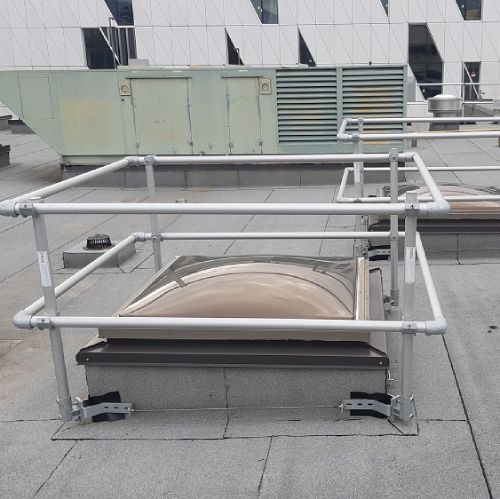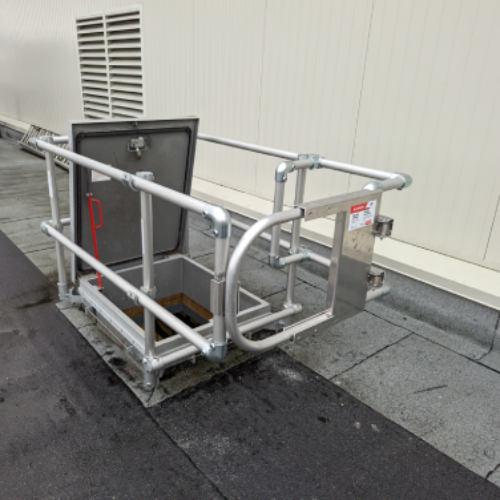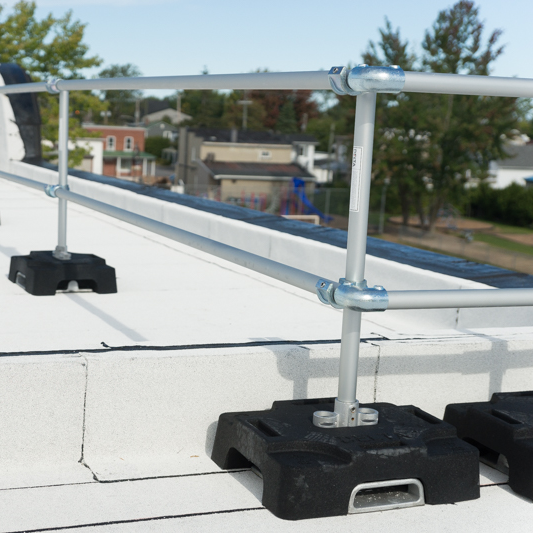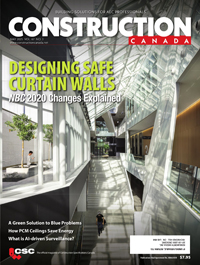Smart cities: building a sustainable future

In the name of sustainability, engineers and architects designing smart buildings and cities have a responsibility to source and integrate high-end products which are committed to reducing waste and product churn. Products which can integrate with older, existing systems are the best choice for building and city design, especially for cities with large amounts of pre-existing infrastructure. If a building engineer or architect is retrofitting a building, then specifying products which do not require existing systems to be trashed and replaced work better for environmental reasons. This also extends to the lifespan of products. In surveillance especially, technology is always evolving, and thus current products can be rapidly superseded by more advanced systems. Product manufacturers which promise long product lifespans with support into the future are ideal choices, as this equates to reduced waste over the duration of a building’s operation.
Conclusion
The pandemic has launched both studies and discussions on the topic of smart cities. How can cities, buildings, transportation, and overall community mobility and connected communities work better for us? Despite the some of the challenges posed by implementing smart building and city technologies before the pandemic, there is now more interest in the adoption and advancement of these smart systems across the globe. In fact, a recent study was done, to explore the change in attitude and behaviour towards technology in smart cities by comparing the different variations of technology anxiety before and after the advent of the pandemic.3
In fact, the turning point for the resolution of a pandemic would also concern citizens’ behaviour by referring to their acceptance of technological changes, their willingness to use technology to reframe their lives, and in the removal of psychological barriers (privacy concerns, perception of inability, etc.) for employing technology successfully and solving the socio-economic crisis introduced by a public health emergency.3
Despite the numerous challenges posed by implementing smart building and city technologies, there is still widespread adoption and advancement of these smart systems across
the globe.
Smart cities are not going away, and their relationship with national sustainability goals means their role will only grow in importance as the years go by. As a building engineer or architect, it is essential to consider the implementation of smart technologies as early as possible in the design process. The benefits of smart technologies make the costs and challenges associated with designing smart buildings and cities worthwhile, and choosing smart technologies with long lifespans and versatile integration options with existing infrastructure helps reduce waste and emissions. Ultimately, smart buildings enable a more integrated approach to improving the health and safety of residents, workers, and communities.
Notes
1 Learn more about Canada’s plan to reduce carbon emissions by 2050. Visit https://www.canada.ca/en/services/environment/weather/climatechange/climate-plan/net-zero-emissions-2050.html.
2 Read more about the Smart Cities Challenge. Visit https://www.infrastructure.gc.ca/cities-villes/index-eng.html.
3 Learn more about the public’s opinion on smart cities. Visit https://www.ncbi.nlm.nih.gov/pmc/articles/PMC8420312/
4 More on Canadian Smart City initiatives. Visit https://www.nrcan.gc.ca/sites/www.nrcan.gc.ca/files/emmc/pdf/BuildSmart-infographic_EN_accessible.pdf
Sophie Laplante is the business development manager, cities, Canada with Axis Communications. Laplante’s causes are civil rights and social action, education, the environment and health, and science and technology. She is ASIS Montreal chapter co-director, and part of the WIS International Committee.








